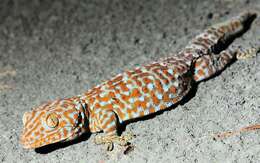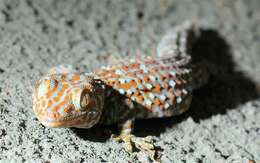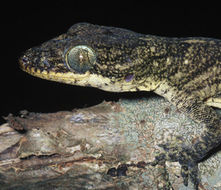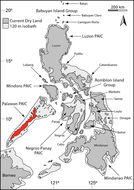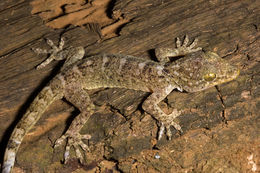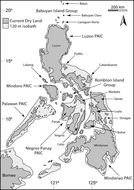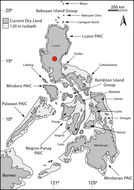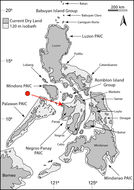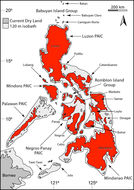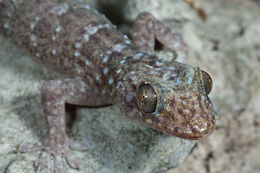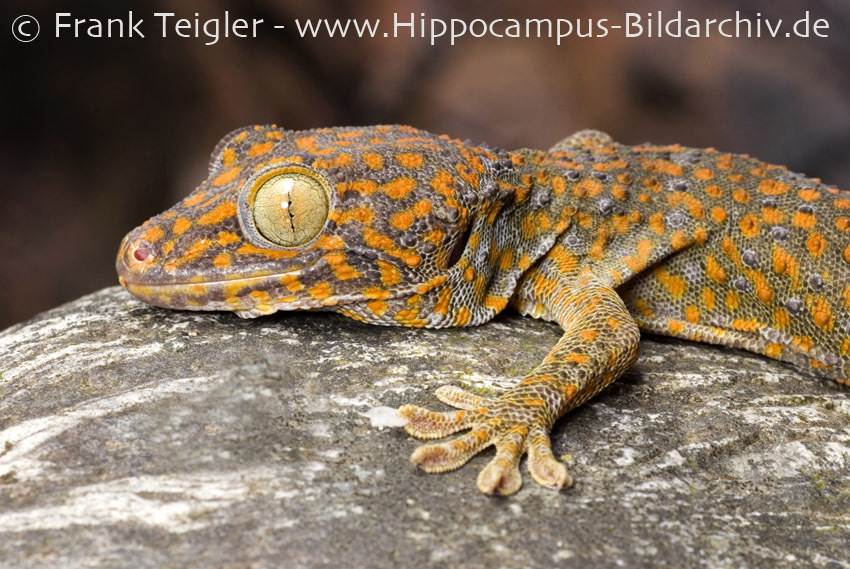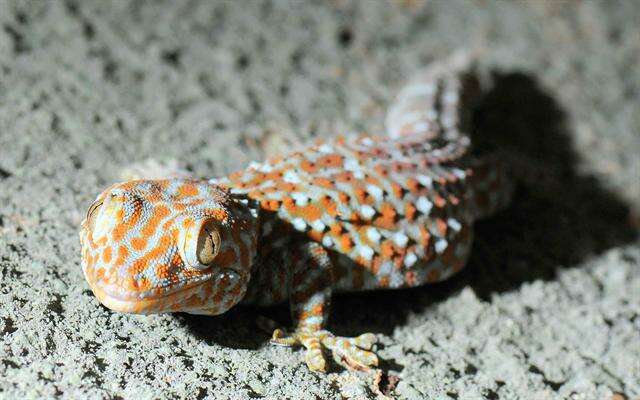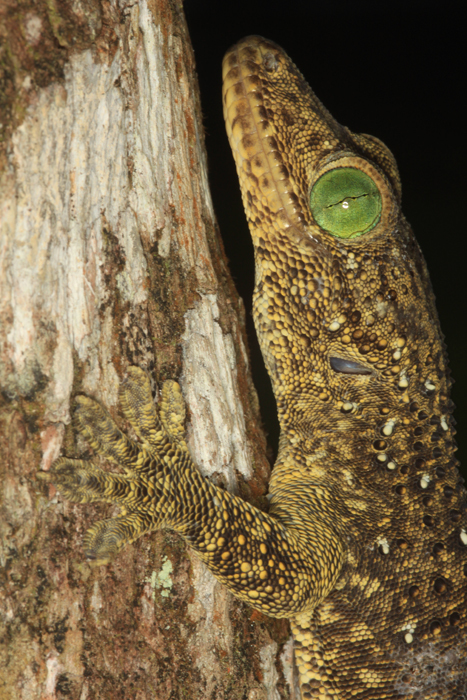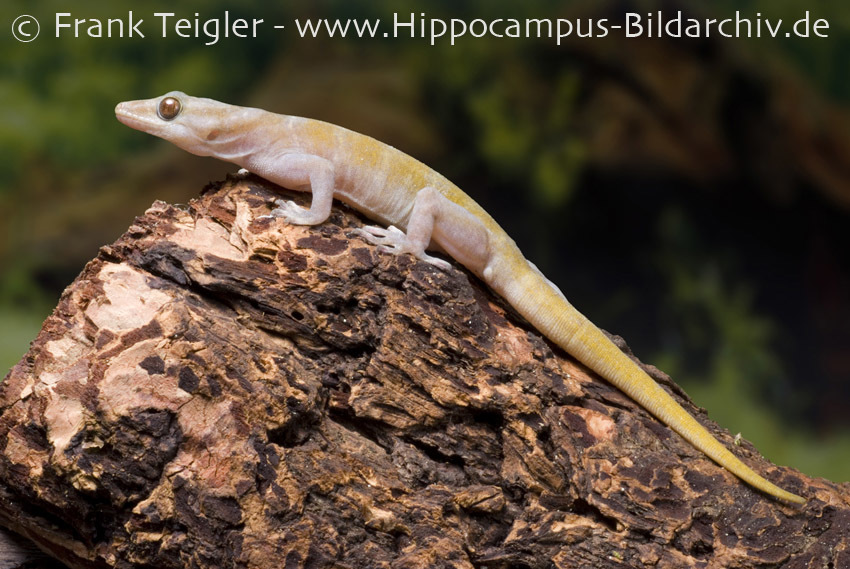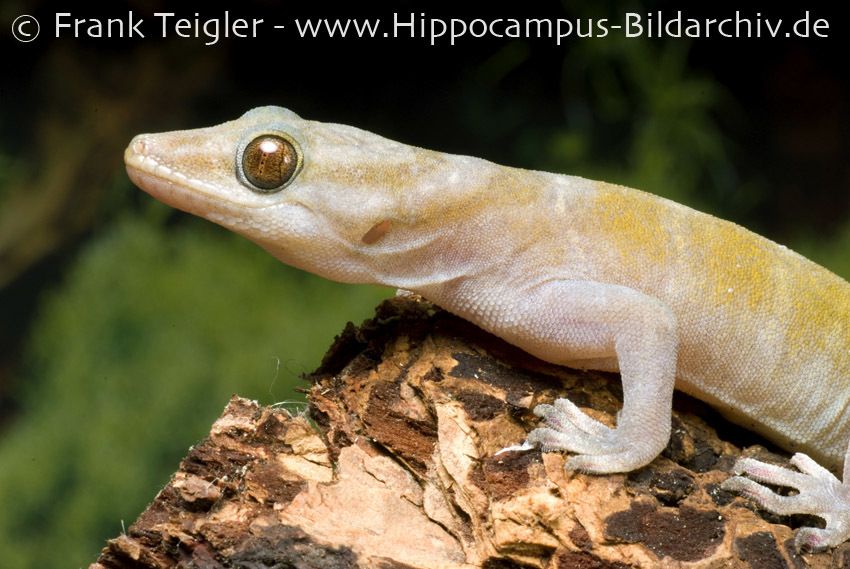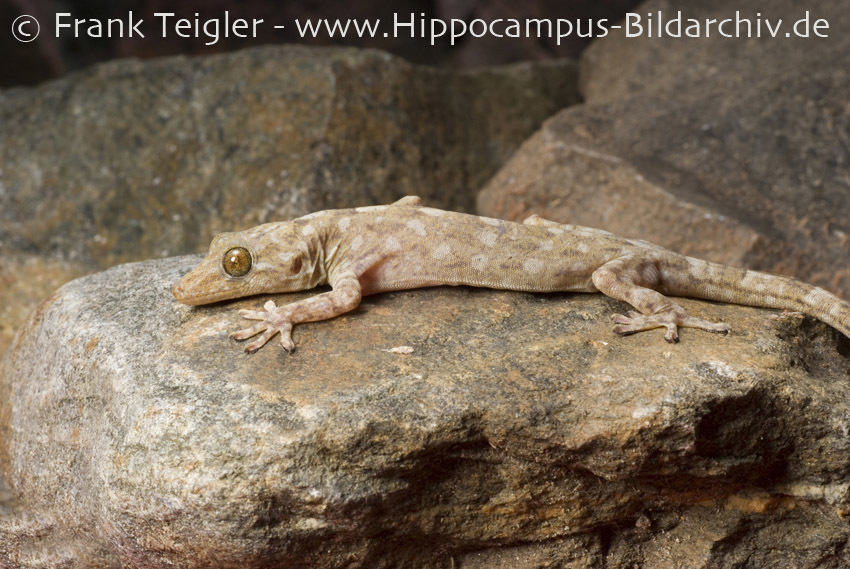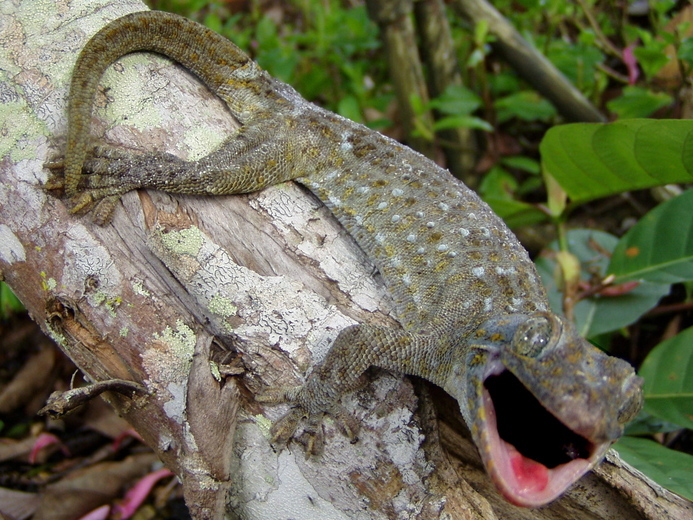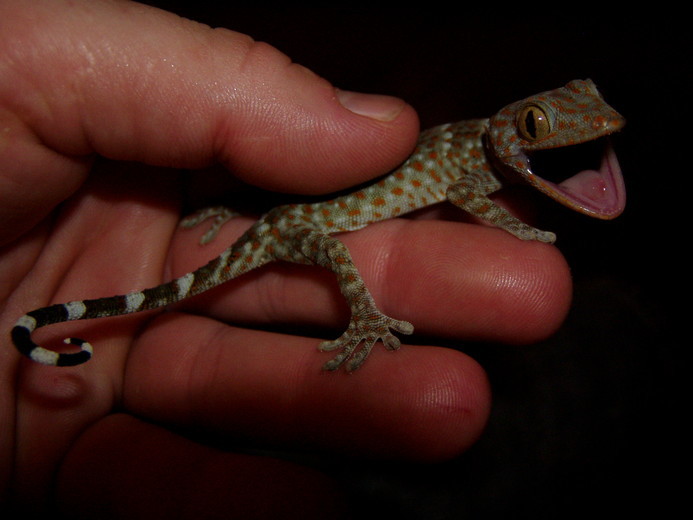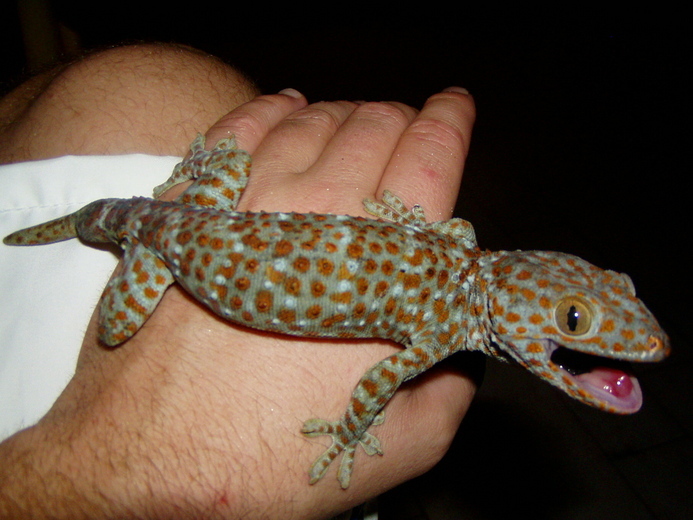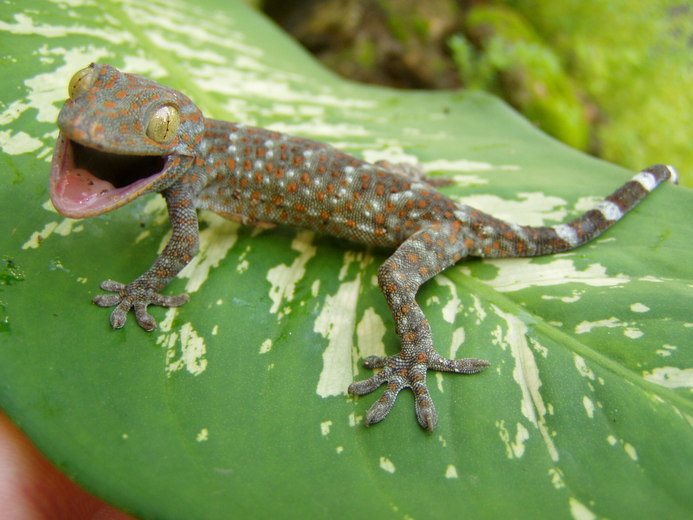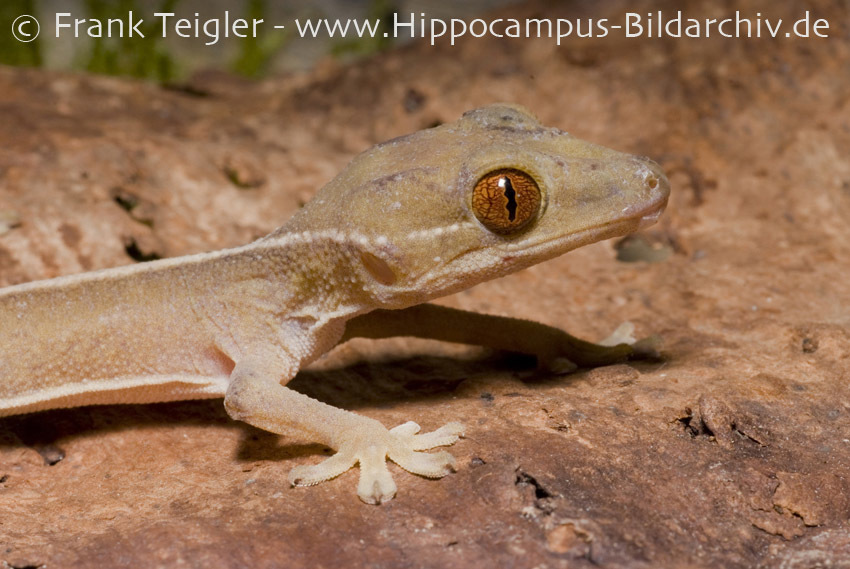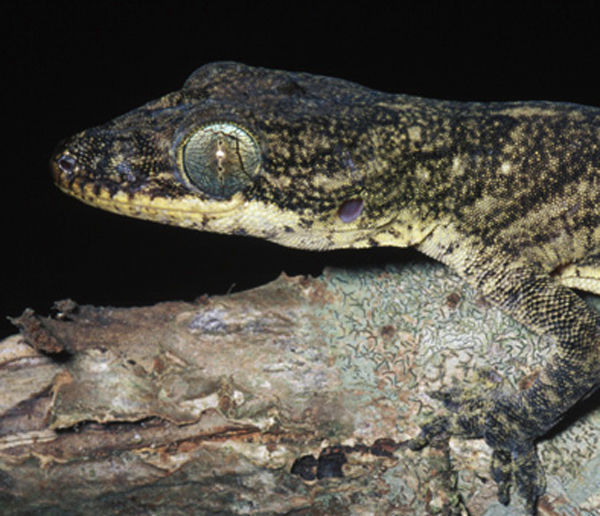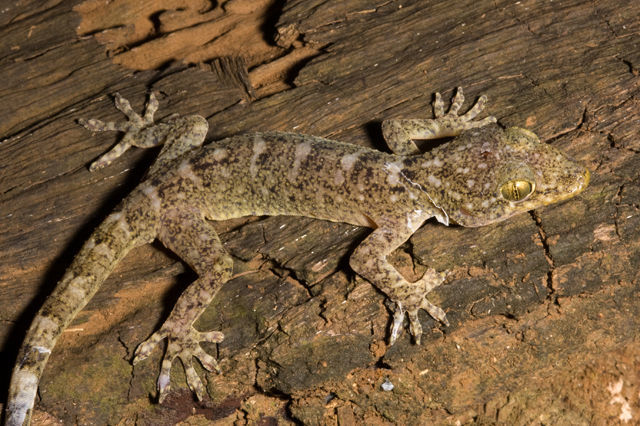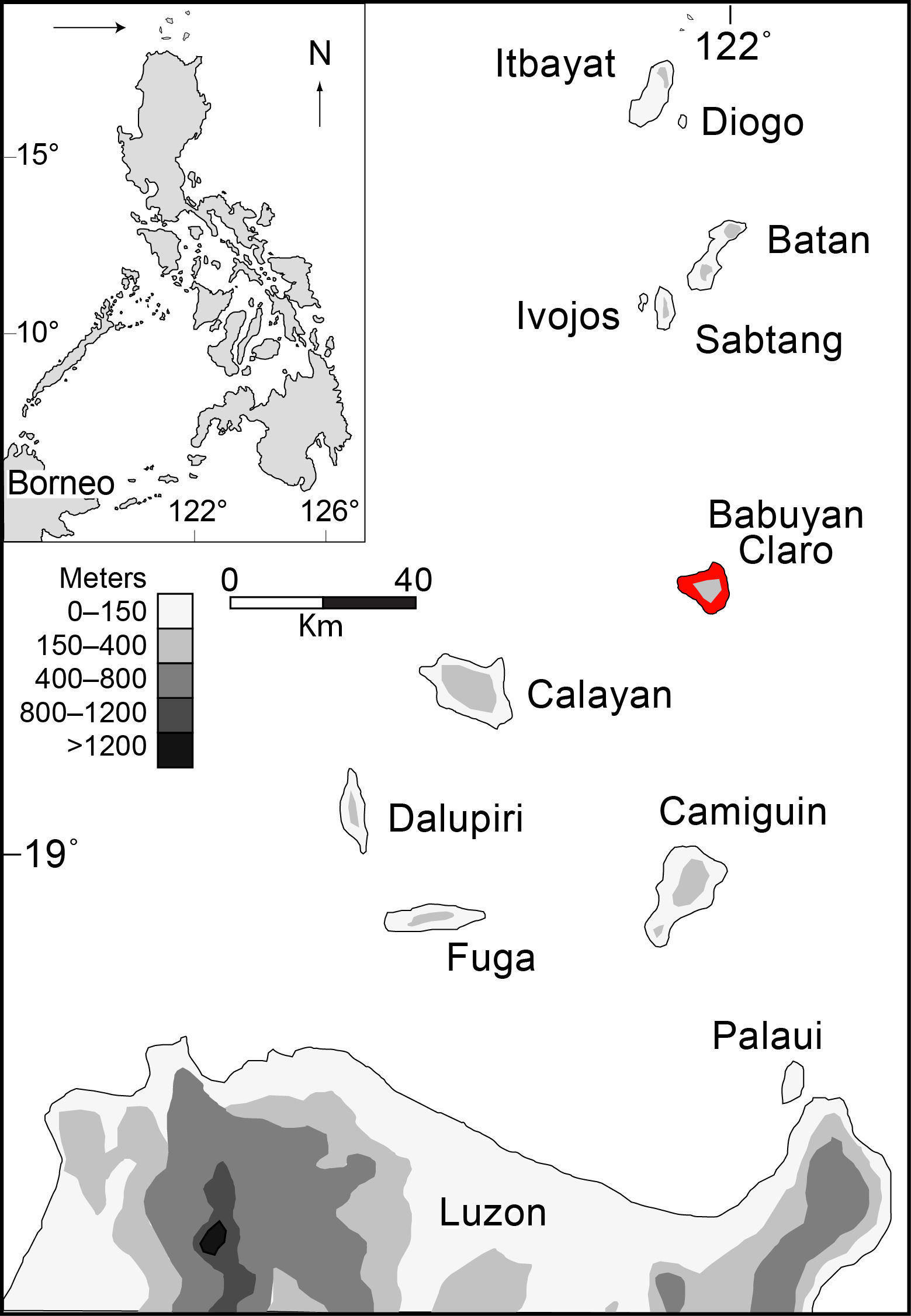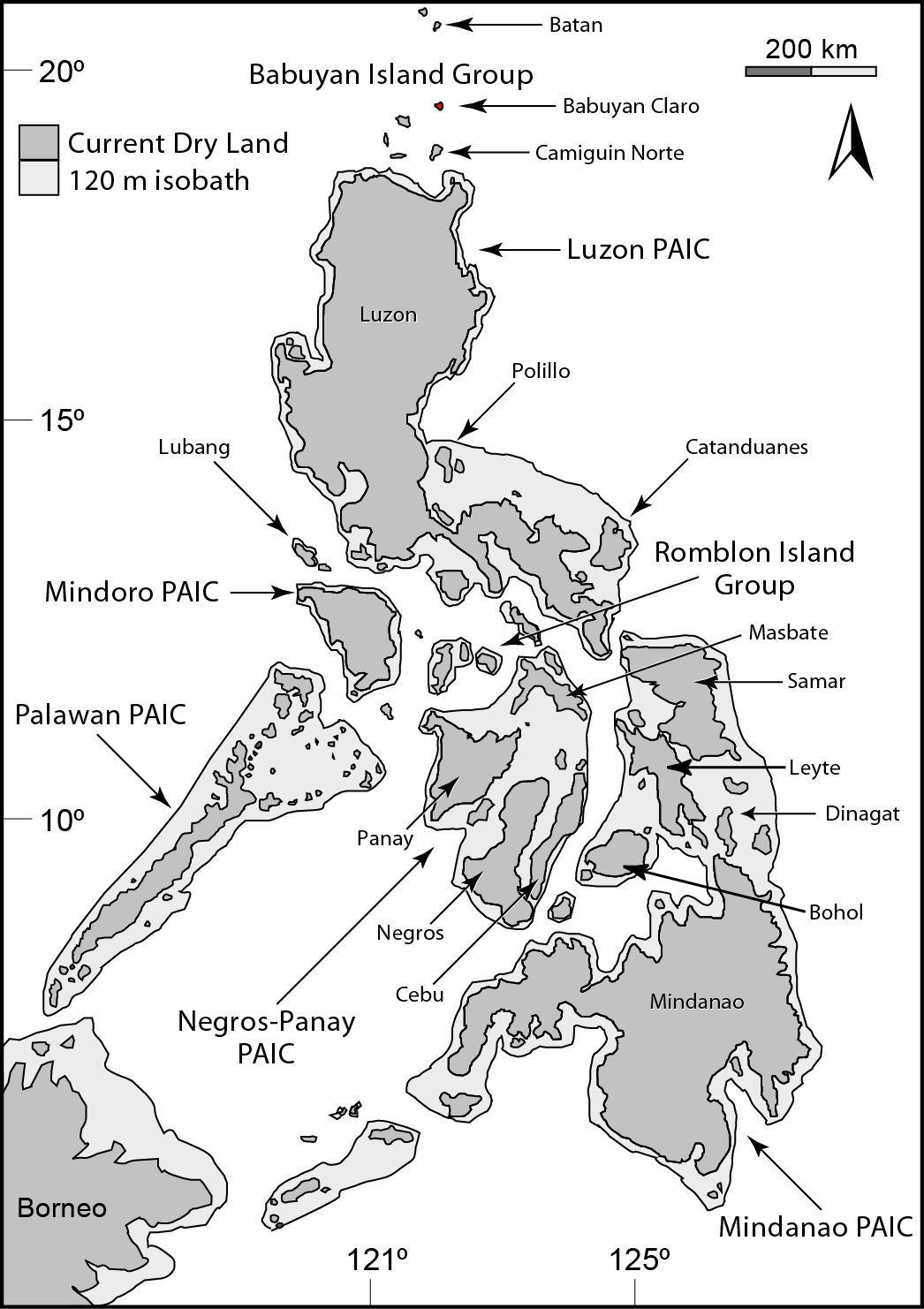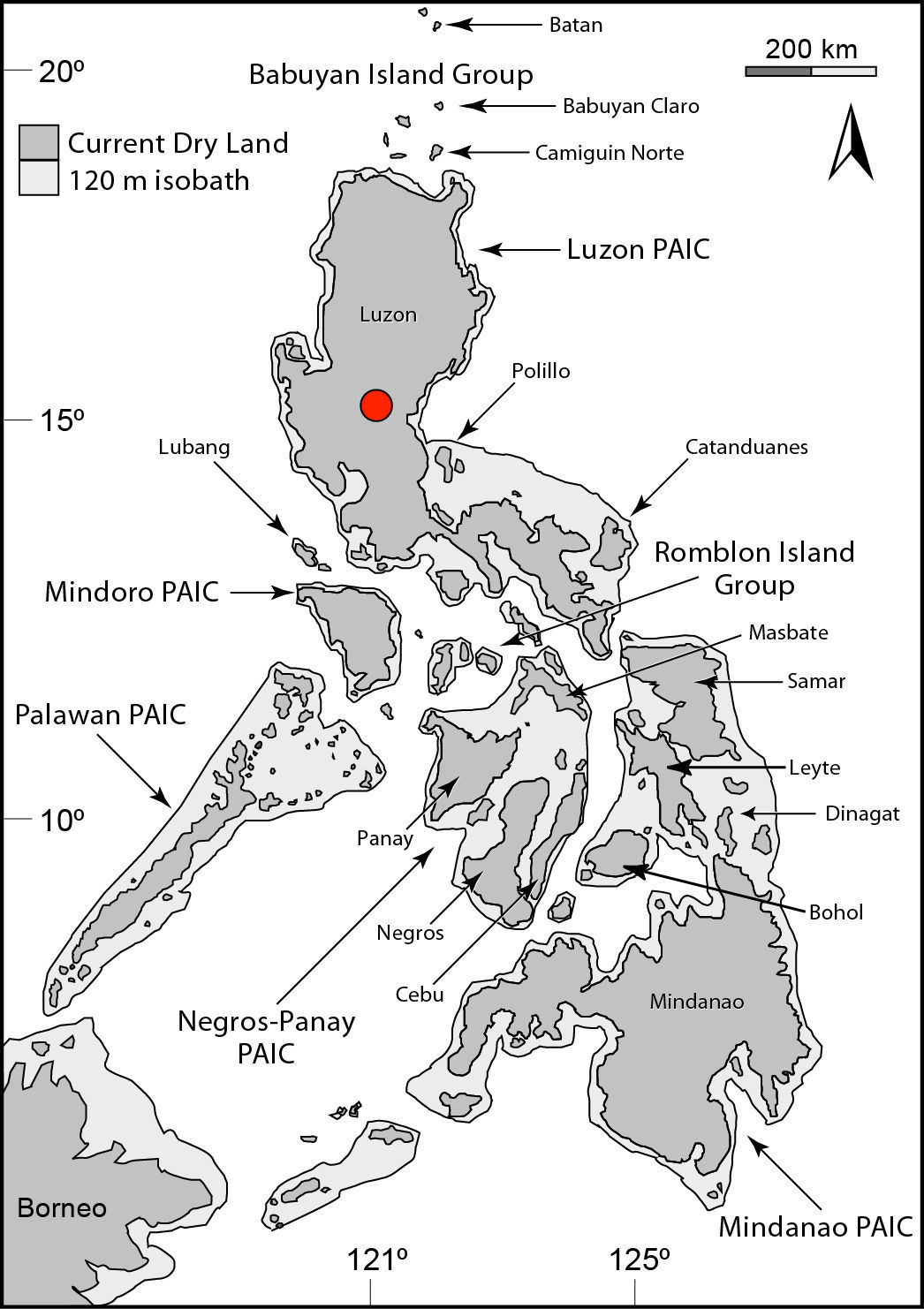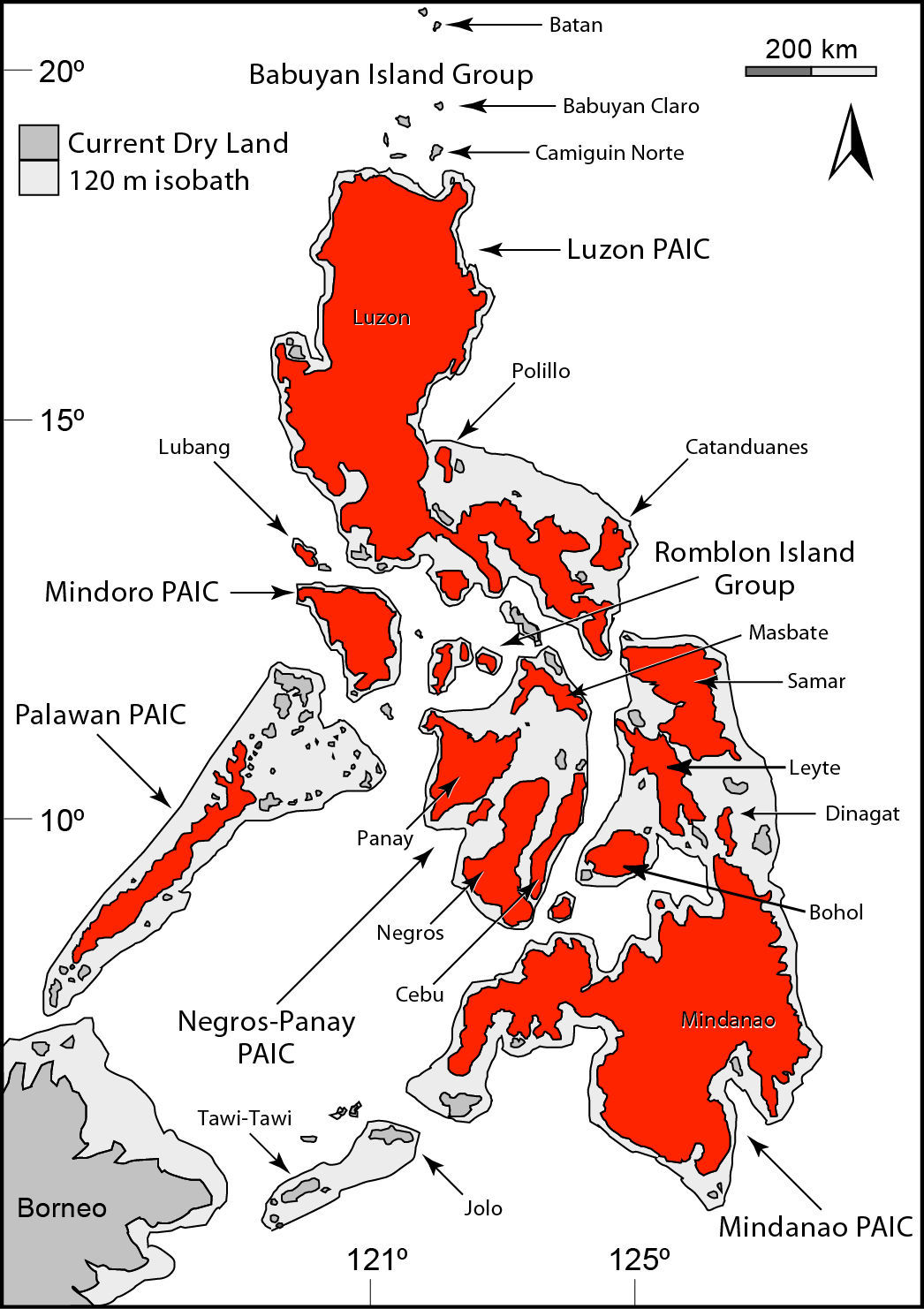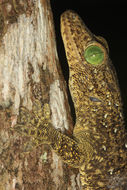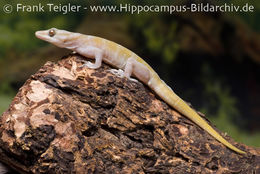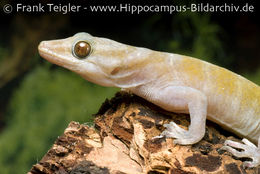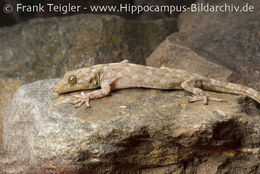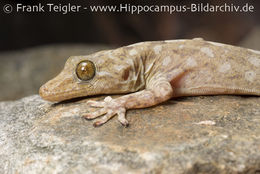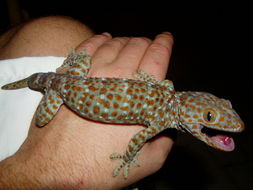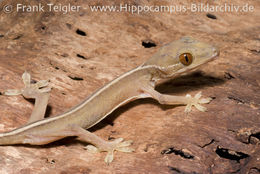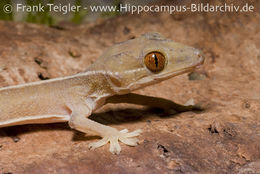-
Randers Regnskov, Danmark
-
-
Randers Regnskov, Danmark
-
-
-
-
-
-
-
-
-
-
-
-
Gekko athymus
-
Known distribution of Gekko athymusKnown distribution of Gekko athymus in the Philippines. The five recognized major Pleistocene aggregate island complexes (PAICs), major islands and island groups, and additional deep-water islands are labeled for reference. Red dots indicate localities where the species has been observed. Red islands indicate the species is recognized to occur throughout the island. Red dashed lines indicate hypothesized geographic distributions. Current islands in the Philippines are shown in medium gray (or red); light gray areas enclosed in black 120-m bathymetric contours indicate the hypothesized maximum extent of land during the mid- to late Pleistocene.
-
Gekko crombota
-
Known distribution of Gekko crombotaKnown distribution of Gekko crombota in the Philippines. Map showing focused view of the Babuyan Island Group and the Batanes Island Group in the extreme northern Philippines. The location of these island groups in the Philippines is indicated by an arrow in the inset map. Red islands indicate the known range of the species.
-
Known distribution of Gekko crombotaKnown distribution of Gekko crombota in the Philippines. The five recognized major Pleistocene aggregate island complexes (PAICs), major islands and island groups, and additional deep-water islands are labeled for reference. Red dots indicate localities where the species has been observed. Red islands indicate the species is recognized to occur throughout the island. Red dashed lines indicate hypothesized geographic distributions. Current islands in the Philippines are shown in medium gray (or red); light gray areas enclosed in black 120-m bathymetric contours indicate the hypothesized maximum extent of land during the mid- to late Pleistocene.
-
Known distribution of Gekko carusadensisKnown distribution of Gekko carusadensis in the Philippines. The five recognized major Pleistocene aggregate island complexes (PAICs), major islands and island groups, and additional deep-water islands are labeled for reference. Red dots indicate localities where the species has been observed. Red islands indicate the species is recognized to occur throughout the island. Red dashed lines indicate hypothesized geographic distributions. Current islands in the Philippines are shown in medium gray (or red); light gray areas enclosed in black 120-m bathymetric contours indicate the hypothesized maximum extent of land during the mid- to late Pleistocene.
-
Gekko ernstkelleri
-
Known distribution of Gekko ernstkelleriKnown distribution of Gekko ernstkelleri in the Philippines. The five recognized major Pleistocene aggregate island complexes (PAICs), major islands and island groups, and additional deep-water islands are labeled for reference. Red dots indicate localities where the species has been observed. Red islands indicate the species is recognized to occur throughout the island. Red dashed lines indicate hypothesized geographic distributions. Current islands in the Philippines are shown in medium gray (or red); light gray areas enclosed in black 120-m bathymetric contours indicate the hypothesized maximum extent of land during the mid- to late Pleistocene.
-
Known distribution of Gekko gecko in the Philippines.Known distribution of Gekko gecko in the Philippines. The five recognized major Pleistocene aggregate island complexes (PAICs), major islands and island groups, and additional deep-water islands are labeled for reference. Red dots indicate localities where the species has been observed. Red islands indicate the species is recognized to occur throughout the island. Red dashed lines indicate hypothesized geographic distributions. Red gradients indicate hypothesized geographic distributions, with darker shades indicating higher confidence in the species distribution. Current islands in the Philippines are shown in medium gray (or red); light gray areas enclosed in black 120-m bathymetric contours indicate the hypothesized maximum extent of land during the mid- to late Pleistocene.
-
Gekko gigante


